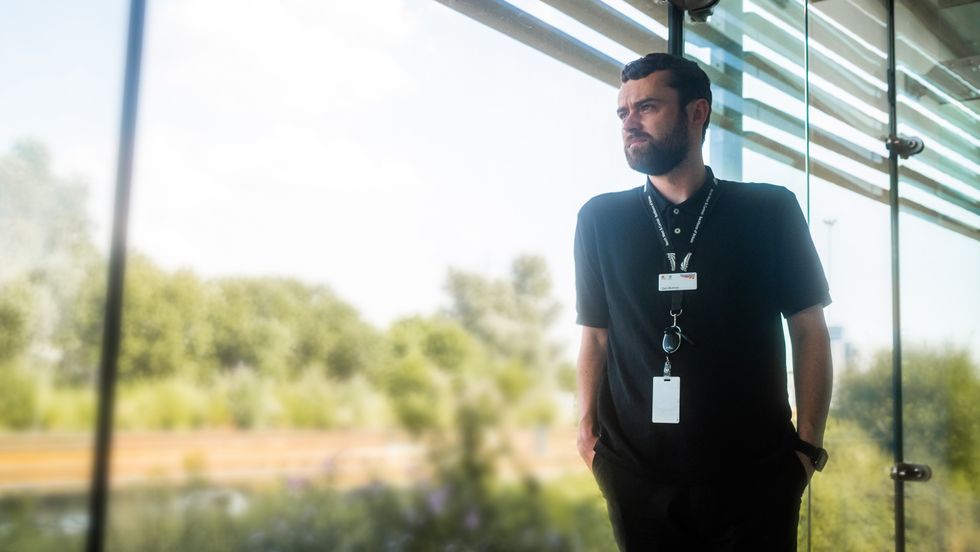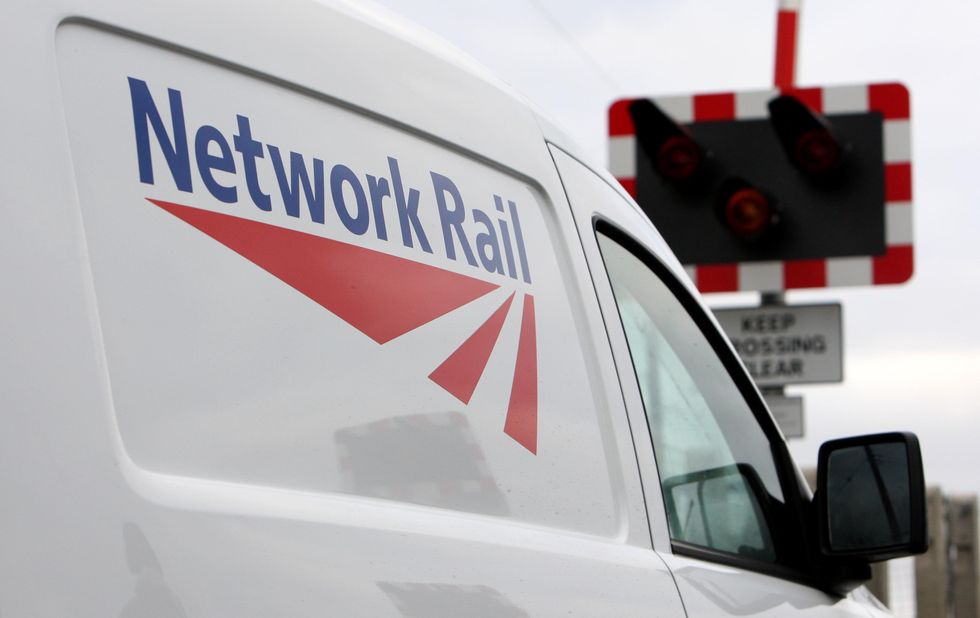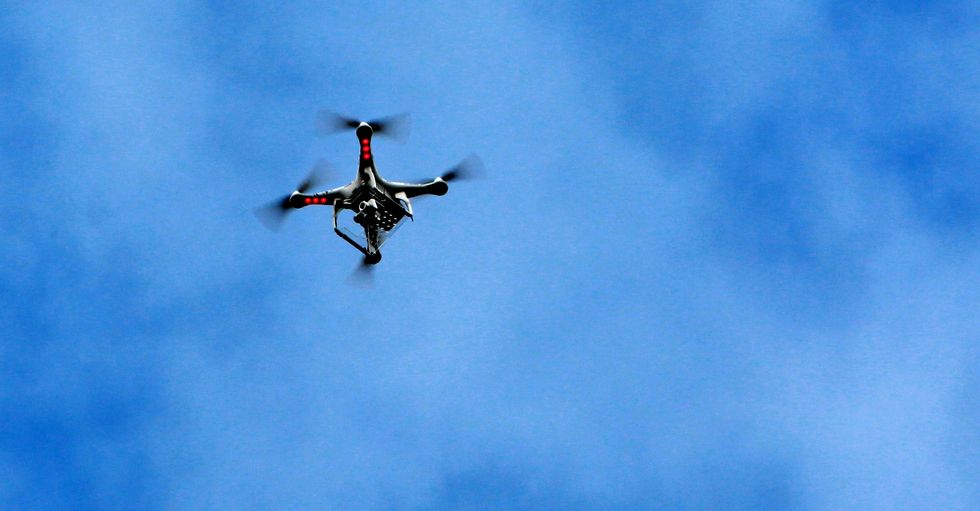WATCH: Home & Security Editor Mark White reports on a number of drone sightings near a US air base
GB NEWS
'It's going to make a huge difference... It's the equivalent of having bobbies on the beat,' Network Rail said
Don't Miss
Most Read
Network Rail is set to deploy drones which can fly "beyond visual line of sight" to combat trespassers across Britain's railways.
The track operator plans to use unmanned craft to patrol long stretches of track, scanning for vandals, graffiti artists and thieves.
Last year saw more than 18,500 reported instances of trespass on the UK's railways, leaving 1.5 million minutes of delays in their wake.
These incidents cost more than £70million in compensation and internal charges.
Dominic Mottram, Network Rail's head of drone strategy, said the technology will be "revolutionary" in tackling the problem - and the plans are expected to win Civil Aviation Authority approval in the coming months.

Dominic Mottram, Network Rail's head of drone strategy, said the technology will be 'revolutionary' in tackling the problem
NETWORK RAIL/CHRIS TURNER
Network Rail already operates around 200 drones, one of Europe's biggest fleets, but they currently face significant limitations.
Existing drones must remain within visual range of the operator, restricting flights to about a third of a mile - which makes them largely ineffective for locating and filming trespassers.
Under the new plans, drones will be able to travel "tens of miles from base", Mottram said.
"It's going to make a huge difference and send out a message that people must stay off the railway or they will be caught," he said.
"It's the equivalent of having bobbies on the beat."
MORE DRONE BREAKTHROUGHS:

Network Rail already operates around 200 drones, one of Europe's biggest fleets
PA
The drones are set to respond within two minutes of a reported incident in urban areas.
This compares favourably to minimum response times of about 10 minutes for police and 20 minutes for Network Rail staff.
The unmanned craft will quickly locate and follow offenders while British Transport Police or Network Rail's mobile crews head to the scene.
Mottram said that drones will be equally important in confirming trespassers have left the tracks, which will allow lines to reopen more quickly following incidents.
The drones will transmit real-time video and body heat-detecting infrared feeds to operators which can be used as evidence in court cases against railway trespassers.

Future plans could see drones hovering on the lookout for collapsed trees, lineside fires and animals on the track
PA
Additional future plans could see drones hovering on the lookout for collapsed trees, lineside fires and animals on the track.
Network Rail is working with two specialist firms, Dronecloud and Drone Major, to secure "beyond visual line of sight" capabilities.
Dronecloud is conducting trials in Birmingham, providing aerial coverage within 6 miles of the city centre, alongside tests in rural South Wales.
Meanwhile, Drone Major is testing its system in Wolverhampton and on the Severn Valley Railway.
Both companies are deploying ground-based sensors and satellite positioning to control the craft.
Dronecloud said flying distances would be increased incrementally at a pace dictated by the CAA.
The drones could also undertake track-inspection tasks, reducing risks to rail workers - and Network Rail's £2billion annual monitoring bill.
Network Rail will continue using two helicopters for remote Scottish Highland lines and London operations, it said.













